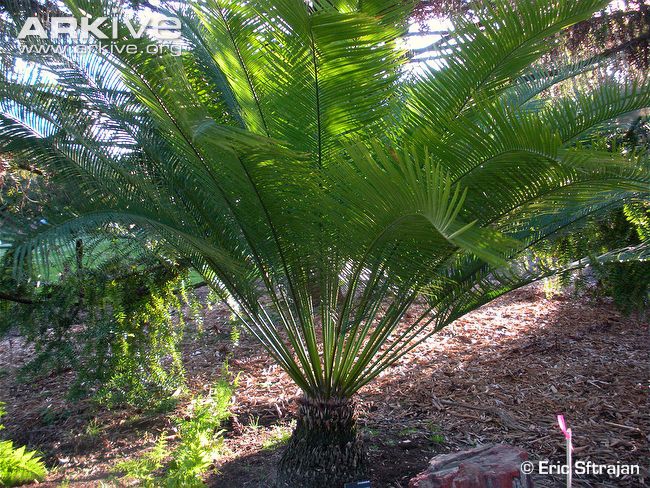| Citation |
|
Description |
Geographic Range [top]
Range Description: C. pectinata is abundant in the hill forests of northeastern India, and has also been collected from Nepal, Bhutan and Bangladesh. It extends into northern Burma (Myanmar) and Yunnan Province in southern China, and south and east into northern Thailand, Lao PDR, Viet Nam and northeastern Cambodia. Recorded from 600 to 1,300 m asl.
Countries occurrence:
Native:
Bangladesh; Bhutan; Cambodia; China (Yunnan); India (Uttar Pradesh); Lao Peoples Democratic Republic; Myanmar (Myanmar (mainland)); Nepal; Thailand; Viet Nam
Additional data:
? Number of Locations: 10-20
? Lower elevation limit (metres): 600
? Upper elevation limit (metres): 1300
Range Map: Click here to open the map viewer and explore range.
Population [top]
Population: This is a common and widespread species.
Current Population Trend: Decreasing
Additional data:
? Number of mature individuals: 200000-250000
? Population severely fragmented: No
Habitat and Ecology [top]
Habitat and Ecology: This species occurs in medium to tall closed forest on deep, often clay-rich and more fertile soils, usually as part of the general shrub understorey in moderate to deep shade. C. pectinata is a plant of medium to higher elevations and moist conditions. It is recorded from a variety of substrates, but most frequently occurs on clay soils over limestone. Climate is tropical with wet, humid summers and milder, drier winters. Although often found on limestone substrates, it is by no means restricted to these, and it also occurs on granites and meta-sediments.
Systems: Terrestrial
Generation Length (years): 40
Use and Trade [top]
Use and Trade: The Hill tribes in Assam, India eat the seeds and emergent leaves are used as a vegetable. The fleshy stem is pounded and used as a hair wash.
Threats [top]
Major Threat(s): Hill tribes in Assam, India eat the seeds and emergent leaves are used as a vegetable. The fleshy stem is pounded and used as a hair wash. Although its habitat is continually being reduced, large populations remain, and it is not under any immediate threat of extinction.
Conservation Actions [top]
Conservation Actions: This species is listed on Appendix II of the CITES Appendices.
Citation: Nguyen, H.T. 2010. Cycas pectinata. The IUCN Red List of Threatened Species 2010: e.T42062A10617695. http://dx.doi.org/10.2305/IUCN.UK.2010-3.RLTS.T42062A10617695.en. Downloaded on 01 December 2017.
Disclaimer: To make use of this information, please check the .
Feedback: If you see any errors or have any questions or suggestions on what is shown on this page, please provide us with feedback so that we can correct or extend the information provided
|


